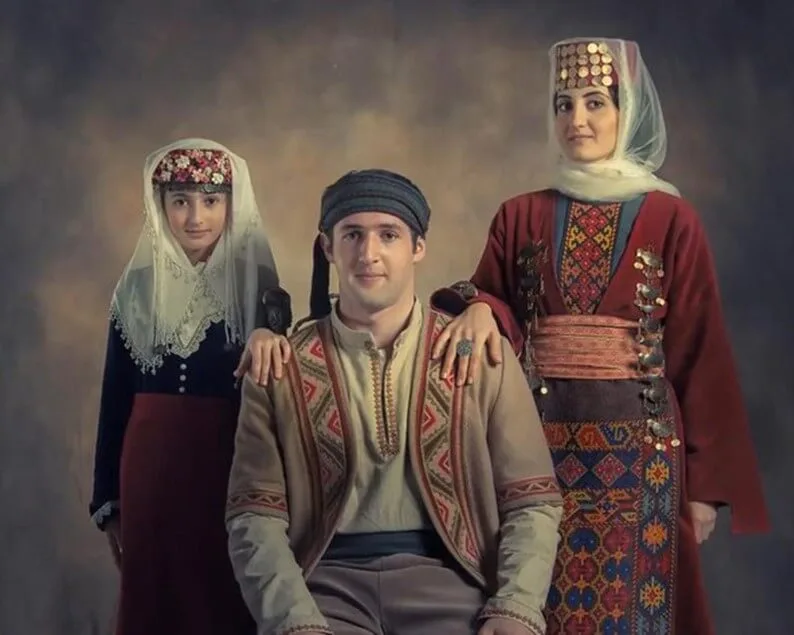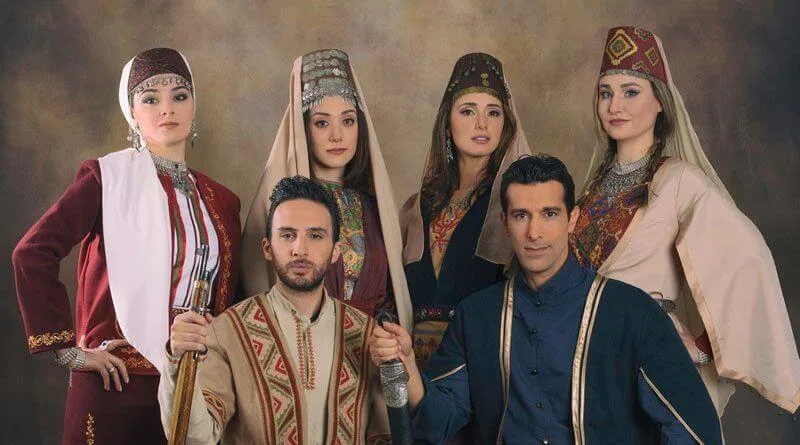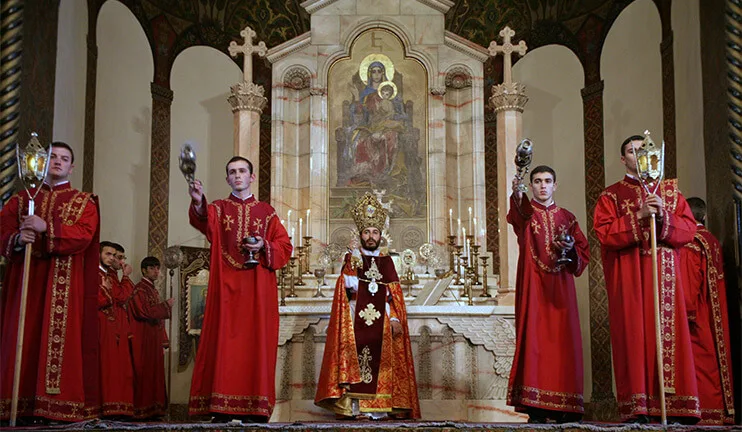What Ethnicity are Armenian People?
-
Table of Contents
What Ethnicity are Armenian People?
Armenia, a small landlocked country located in the South Caucasus region of Eurasia, has a rich and ancient history that dates back thousands of years. The Armenian people, who are the dominant ethnic group in Armenia, have a unique cultural heritage and identity that sets them apart from other ethnic groups in the region. In this article, we will explore the ethnicity of Armenian people, their origins, language, religion, and cultural traditions.
The Origins of Armenian People
The origins of the Armenian people can be traced back to the ancient kingdom of Urartu, which existed in the region from the 9th to the 6th century BCE. However, the Armenian people as we know them today are believed to be descendants of the ancient Indo-European tribes that migrated to the Armenian Highlands around 1500 BCE.
Throughout history, the Armenian people have faced various invasions and conquests by different empires, including the Persians, Greeks, Romans, Byzantines, Arabs, Mongols, and Ottomans. Despite these challenges, the Armenian people managed to preserve their distinct ethnic identity and cultural heritage.
Language and Identity
The Armenian language is an Indo-European language that has its own unique alphabet, which was invented in the 5th century CE by the Armenian scholar Mesrop Mashtots. The Armenian alphabet played a crucial role in preserving the Armenian language and identity throughout history.
Armenian is the official language of Armenia and is spoken by the majority of the population. It is also spoken by Armenian communities around the world, particularly in countries with a significant Armenian diaspora, such as the United States, Russia, France, and Lebanon.
The Armenian language is an important part of Armenian identity and culture. It is not only a means of communication but also a symbol of national pride and heritage. The preservation and promotion of the Armenian language have been a priority for the Armenian government and diaspora organizations.
Religion and Cultural Traditions
The majority of Armenian people belong to the Armenian Apostolic Church, which is one of the oldest Christian churches in the world. Christianity was adopted as the state religion of Armenia in 301 CE, making Armenia the first country to officially embrace Christianity.
The Armenian Apostolic Church has played a significant role in shaping Armenian culture and traditions. Religious holidays and rituals are an integral part of Armenian life, and the church has been a center of community and social cohesion for centuries.
In addition to Christianity, there are also Armenian communities that belong to other Christian denominations, such as the Armenian Catholic Church and the Armenian Evangelical Church. There is also a small population of Armenian Muslims, particularly in Iran and Turkey.
Armenian culture is rich and diverse, with influences from various civilizations and empires that have ruled the region throughout history. Traditional Armenian music, dance, art, and cuisine are all important aspects of Armenian culture and are celebrated and preserved by the Armenian people.
Armenian Diaspora
The Armenian diaspora refers to the communities of Armenians living outside of Armenia. The Armenian Genocide, which took place during World War I, resulted in the mass deportation and killing of Armenians by the Ottoman Empire. This tragic event led to a significant diaspora of Armenians around the world.
Today, there are large Armenian communities in countries such as the United States, Russia, France, Lebanon, and Argentina. These communities have played a vital role in preserving Armenian culture, language, and identity outside of Armenia.
The Armenian diaspora has also been active in advocating for recognition and justice for the Armenian Genocide. They have established organizations, such as the Armenian National Committee of America, to raise awareness about the genocide and to promote Armenian causes.
Conclusion
The Armenian people are an ancient ethnic group with a rich and distinct cultural heritage. Their origins can be traced back to the ancient Indo-European tribes that settled in the Armenian Highlands thousands of years ago. The Armenian language, religion, and cultural traditions have played a crucial role in preserving Armenian identity throughout history.
Despite facing numerous challenges and historical events, such as invasions and the Armenian Genocide, the Armenian people have managed to maintain their ethnic identity and cultural heritage. The Armenian diaspora has played a significant role in preserving and promoting Armenian culture and identity outside of Armenia.
Today, the Armenian people continue to contribute to various fields, including arts, sciences, and business, both in Armenia and around the world. Their unique heritage and identity make them a fascinating and important ethnic group in the global community.
FAQ
What ethnicity are Armenian people?
Armenians are an Indo-European ethnic group native to the Armenian Highlands, with a unique cultural and historical identity shaped by over 3,000 years of history.
What is the origin of the Armenian people?
The Armenians trace their roots to the ancient kingdoms of Urartu and Hayasa-Azzi, which existed in the Armenian Highlands. Their culture and identity developed over millennia.
What is the predominant religion of Armenian people?
Armenians predominantly follow the Armenian Apostolic Church, one of the world’s oldest Christian denominations, established in 301 AD, when Armenia became the first nation to adopt Christianity.
What languages do Armenian people speak?
Armenians primarily speak Armenian, an Indo-European language with its own unique alphabet created by Mesrop Mashtots in the 5th century AD.
What are the physical characteristics of Armenian people?
Armenians typically have a range of Mediterranean and Caucasian features, such as dark hair, olive skin, and prominent facial features, although there is considerable diversity.
How has Armenian ethnicity evolved through history?
Armenia’s location at the crossroads of empires like Rome, Persia, Byzantium, and the Ottoman Empire has shaped its ethnic and cultural identity, with elements of these civilizations influencing its development.
Do Armenians share cultural ties with other ethnic groups?
Armenians share cultural connections with other Caucasian peoples, such as the Georgians and Assyrians, though they maintain a distinct ethnic identity.
How large is the Armenian diaspora?
Due to historical events such as the Armenian Genocide and various wars, a significant Armenian diaspora exists in countries like Russia, the United States, France, and Lebanon, with a global population estimated at around 7-10 million.
Are Armenians considered a Caucasian ethnic group?
Yes, Armenians are considered a Caucasian ethnic group due to their geographic origin in the South Caucasus region, although their Indo-European language and culture set them apart.
What are the cultural characteristics of Armenian people?
Armenians have a rich cultural heritage, including traditional music, dance, and cuisine. Their cultural identity is deeply tied to their Christian faith and their historical resilience in the face of challenges.














